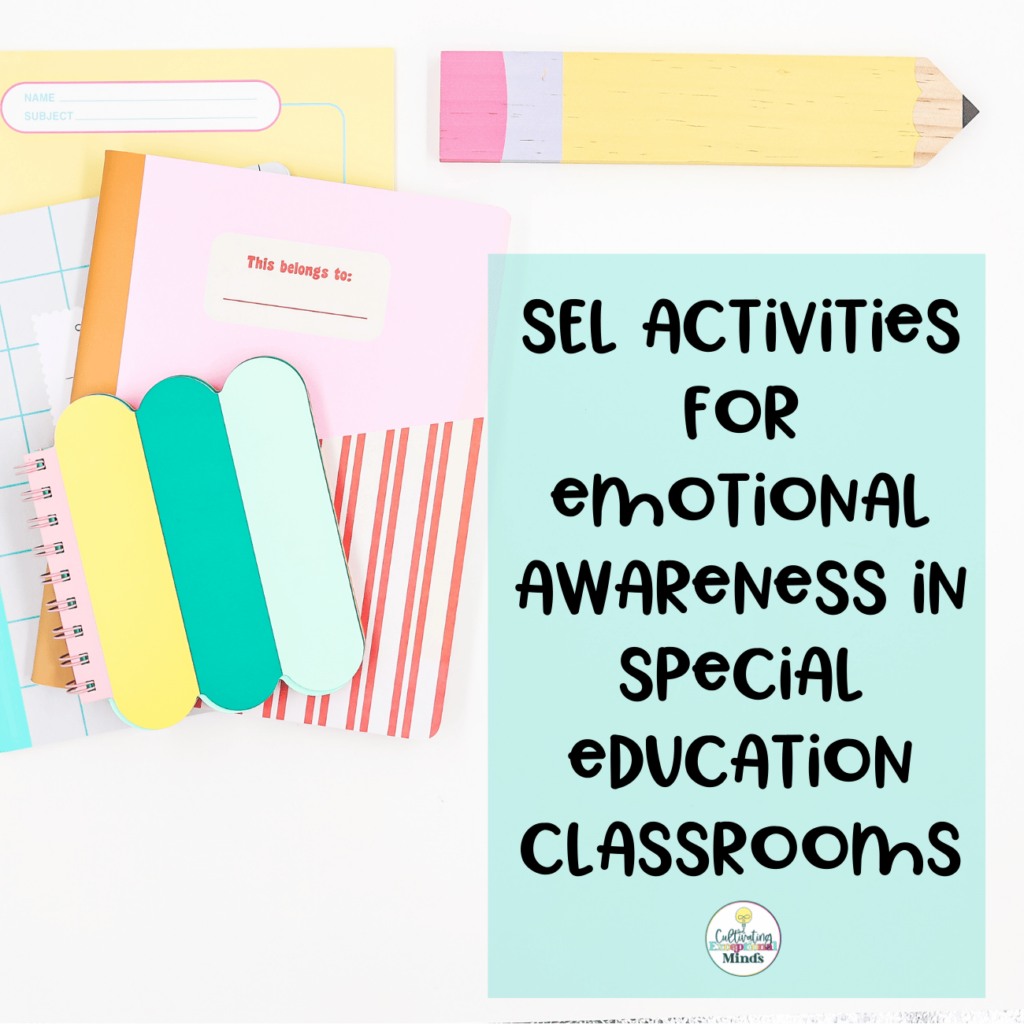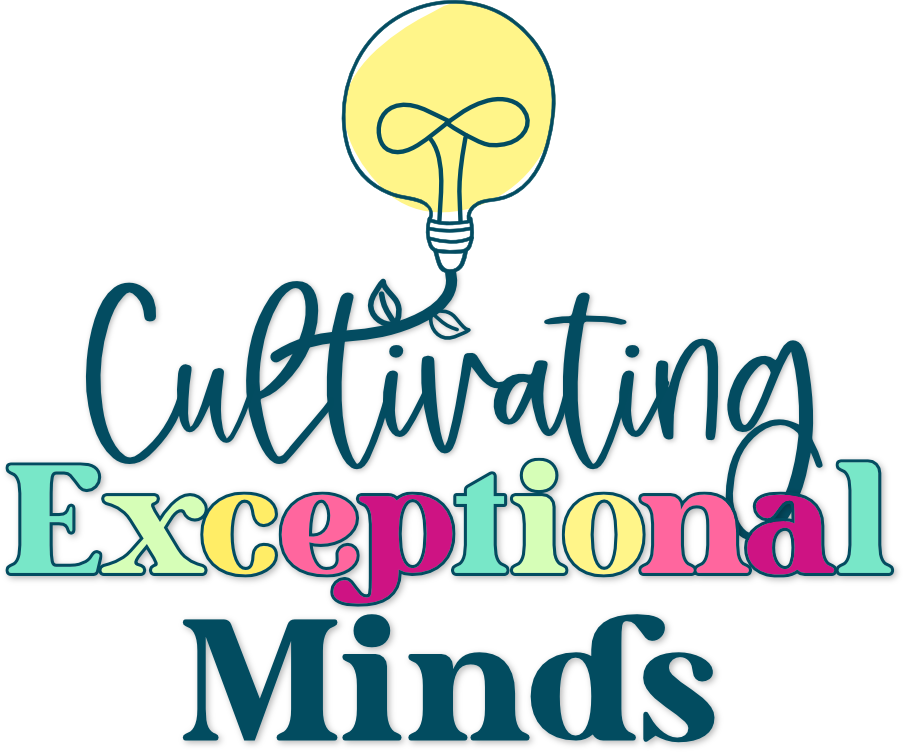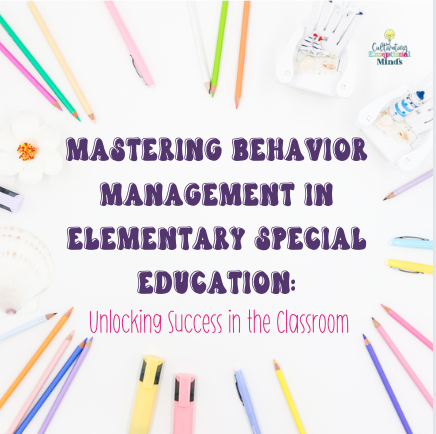As special education teachers, we know how crucial it is to teach our students not only academic skills but SEL activities for emotional awareness in special education classrooms as well. Social Emotional Learning (SEL) is about helping students recognize, understand, and manage their emotions, which directly impacts their ability to engage in learning and manage behavior. In this post, we’re diving into simple SEL activities for emotional awareness that you can integrate into your special education classroom to help students develop these essential life skills.

Why SEL Matters in Special Education
Emotional awareness is a cornerstone of SEL activities for emotional awareness in special education classrooms, and it plays a significant role in supporting behavior management in the classroom. Without an understanding of their emotions, students may struggle with regulation, leading to outbursts or disengagement. When students are equipped with emotional awareness, they are better able to self-regulate and focus on tasks, resulting in a more positive classroom environment.
By incorporating SEL activities for emotional awareness in special education classrooms you provide your students with tools to navigate difficult situations and build empathy, both of which are essential for their success—academically and socially. In the long run, these skills can transform a classroom from one filled with behavioral struggles to one where students feel supported, confident, and ready to learn.
Simple SEL Activities for Emotional Awareness
Here are some easy-to-implement SEL activities that will help teach emotional awareness to your students in special education:
1. Morning Check-Ins
Morning check-ins are an effective way to help students recognize and express how they’re feeling. By creating a safe space for students to share, you give them an opportunity to process their emotions before jumping into lessons. This can be done with visual supports (like a feelings chart or emoji faces) to help students better identify their emotions.
You can ask students to answer questions like:
- “How are you feeling today?”
- “What color represents your mood today?”
- “What do you need to feel ready to learn today?”
This simple activity helps students become aware of their emotional state and teaches them to use words to express how they feel, which is a critical social skill.
2. Breathing Exercises
Teaching students breathing exercises is a fantastic way to help them self-regulate when they are feeling overwhelmed. Breathing can reduce stress, increase focus, and give students the chance to pause before reacting emotionally. You can teach simple techniques like:
- “Belly Breathing”: Have students place their hands on their bellies, take a slow breath in, and feel their belly expand. Then, they exhale slowly as they watch their belly fall.
- “5-4-3-2-1 Grounding”: A sensory activity where students use their senses to focus on the present. For example, “Name 5 things you can see, 4 things you can touch, 3 things you can hear, 2 things you can smell, and 1 thing you can taste.”
These techniques can be used to help students calm down when they are upset or anxious and can be integrated throughout the day as needed.
3. Feelings Charts and Visuals
Not all students have the vocabulary to express their emotions. That’s where feelings charts and visuals come in handy. Visuals help students recognize and label their emotions, and in turn, they can use the visuals to communicate their feelings.
For example, you can use a “feelings chart” with images of different facial expressions or emojis. Have students point to the emotion they’re experiencing when they’re feeling happy, sad, frustrated, or excited. Over time, they’ll build the emotional vocabulary they need to express themselves clearly, reducing frustration and improving communication.
4. Emotion-Based Storytelling
Storytelling can be a powerful tool for teaching emotional awareness. Create or find short stories about characters experiencing different emotions and discuss the character’s feelings with the class. You can ask questions like:
- “How do you think the character felt when they were [insert situation]?”
- “What could they have done to feel better?”
- “How would you feel if that happened to you?”
By discussing stories and connecting them to real-life experiences, students begin to see how emotions are a normal part of daily life and how they can respond to them in healthy ways.
5. Empathy Building Activities
Empathy is a critical skill for building emotional awareness and improving relationships with peers. One easy activity to practice empathy is role-playing. Set up scenarios where students can practice responding to others’ feelings:
- One student pretends to be sad, and another student practices comforting them.
- Students act out situations in which they need to understand how someone might be feeling and respond appropriately.
These types of activities help students develop empathy and practice how to manage their own emotions in relation to others.
Tracking Emotional Growth with Data
As teachers, we need tools to track student progress. For SEL, this could include simple tracking sheets where you record student participation in SEL activities or note changes in their behavior before and after implementing SEL strategies. Monitoring students’ emotional growth over time helps you see what’s working and adjust your approach as needed.
Consider using data collection tools like:
- A “mood tracker” to log how students feel at the start and end of the day.
- A behavior chart that includes emotional goals, such as “demonstrates calmness when frustrated” or “expresses emotions using words.”
Get Started with SEL Today
The good news is that implementing SEL in your classroom doesn’t have to be overwhelming. By starting with small, simple activities, you can make a big impact on your students’ emotional awareness and, by extension, their academic success.
If you’re looking for more ways to build emotional awareness in your classroom, be sure to check out this blog post on Special Education Behaviors: Tips for Busy Special Educators for additional strategies and tips.
Free SEL Resource: Download our Free SEL Planning Toolkit to get started with easy-to-use templates and activities for integrating emotional awareness into your daily routine.
Wrapping up
By integrating SEL into your classroom, you help students become more self-aware and able to manage their emotions. These skills not only improve classroom behavior but set students up for success in life. Remember, emotional awareness is an ongoing process—be patient, consistent, and creative with your approaches. For more ideas check out this blog post.
Need more tools?
To dive deeper into SEL activities, be sure to check out our SEL Resources or join The Exceptional Collective for ongoing support, training, and access to a library of engaging SEL content!















